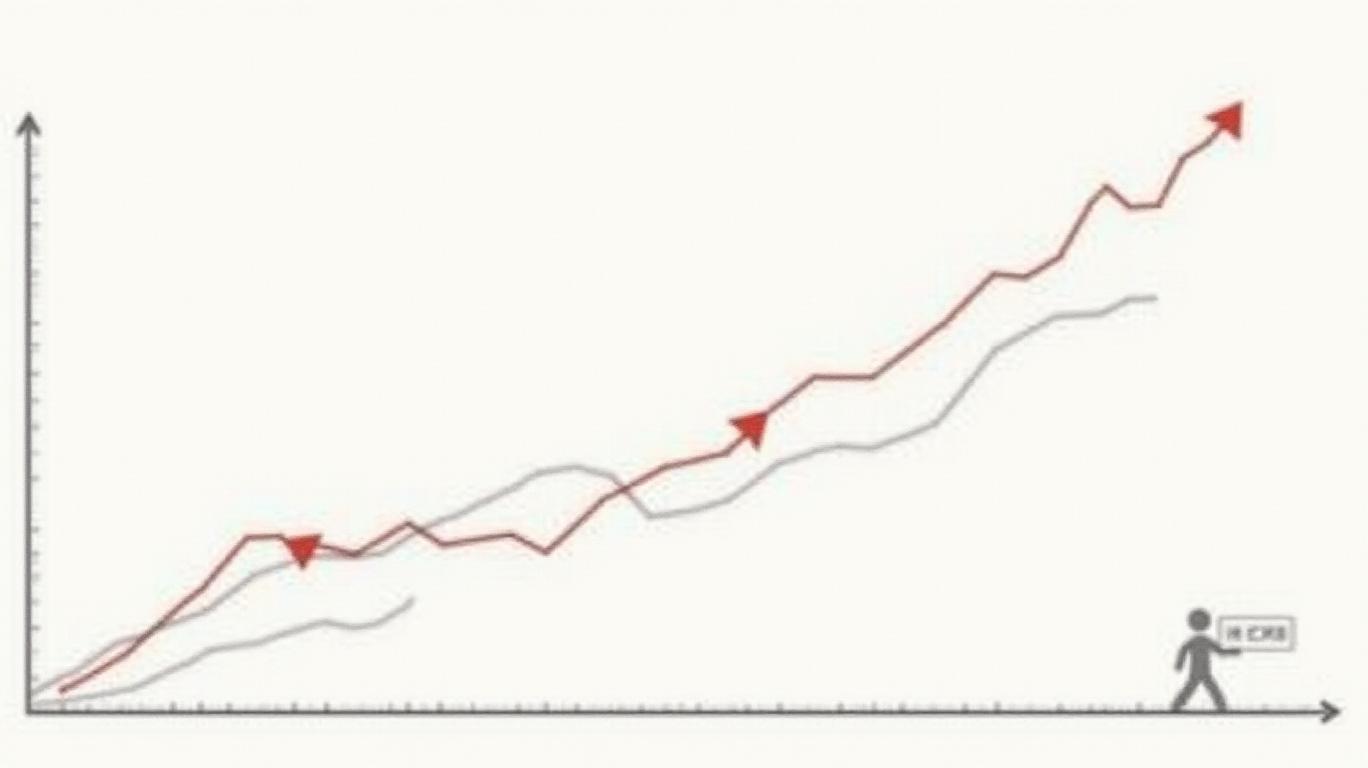The ECB's Imminent 125-Basis Point Easing Cycle: Navigating Equity and Fixed Income Opportunities in a Shifting Landscape
The European Central Bank’s (ECB) aggressive easing cycle—projected to reduce rates by 125 basis points by year-end—has reshaped the investment landscape for Eurozone markets. With inflation trending downward but geopolitical risks lingering, investors must adopt a sector-specific lens to capitalize on opportunities while mitigating risks. Here’s how to position portfolios for this pivotal moment.
The ECB’s Playbook: Rate Cuts and Inflation Dynamics
The ECB’s March 2025 rate cut lowered the deposit facility rate to 2.5%, with further easing anticipated to stabilize inflation at its 2% target by 2026. While headline inflation is expected to dip to 2.1% in 2025 (from 2.4% in 2024), core inflation—excluding volatile energy and food prices—remains stubborn at 2.2%, driven by services sector pricing power.
The ECB’s easing cycle is a double-edged sword: it eases borrowing costs but also reflects underlying economic fragility. Growth forecasts have been slashed to 0.9% for 2025, with trade tensions and U.S. tariff threats clouding export-heavy sectors.

Equity Strategies: Sector Selection is Key
1. Avoid Tariff-Exposed Industries
Manufacturing sectors—particularly steel, automotive, and machinery—are vulnerable to U.S. tariffs and geopolitical headwinds. The ECB’s May 2025 Financial Stability Review warns that these industries face “heightened financial risks” due to reduced export competitiveness and rising input costs.
Action: Reduce exposure to Eurozone export-reliant firms until trade policies stabilize.
2. Favor Domestic Services and Tech
Sectors insulated from trade disputes—such as healthcare, utilities, and tech firms with diversified supply chains—offer resilience. German software giant SAP, for instance, has outperformed its peers by leaning into AI-driven solutions, shielding it from hardware supply chain disruptions.
Action: Overweight equities in domestically oriented services and tech firms with strong balance sheets.
3. Monitor Real Estate: A Cautionary Tale
Commercial real estate (CRE) faces mixed prospects. Office demand remains subdued, but industrial and logistics properties—critical for supply chains—are gaining traction. Residential markets in core countries like Germany and France show relative strength, though overvaluation risks persist in overheated urban centers.
Action: Target REITs (e.g., Vonovia in Germany) with exposure to industrial/logistics assets while avoiding overpriced urban housing plays.
Fixed Income: Seek Safety in Sovereigns, Tread Carefully in Credit
1. Sovereign Bonds: Quality Over Yield
Eurozone sovereign bonds offer refuge amid volatility. Countries like Germany and the Netherlands—prudent fiscal managers with low debt-to-GDP ratios—are prime picks. However, avoid high-debt issuers like Italy and Greece, where rising defense spending and refinancing risks could spook investors.
Action: Build a core position in German and Dutch bonds for stability, using Italian debt only as a tactical bet on
intervention.2. Corporate Bonds: Credit Selection is Critical
Investors must prioritize companies with strong balance sheets and minimal trade exposure. Utilities and telecom firms—such as France’s Orange (ORA) or Spain’s Iberdrola (IBE)—benefit from regulated cash flows and low sensitivity to external shocks.
Action: Avoid high-yield issuers in manufacturing or energy; focus on BBB-rated firms with stable cash flows.
3. Avoid Overly Leveraged Non-Bank Financials
The ECB’s warnings about non-bank financial intermediaries (NBFIs)—including funds and hedge funds—highlight liquidity risks. Over-leveraged players in real estate or U.S. tech equities could face margin calls during market stress.
Action: Steer clear of ETFs or funds with concentrated exposures to volatile sectors.
The Risks: Trade Wars and Inflation Lingering
While the ECB’s easing provides a tailwind, two major risks loom:
1. Trade Tensions Escalate: A full reinstatement of U.S. tariffs could trigger a sharp selloff in Eurozone equities, particularly in manufacturing.
2. Core Inflation Sticks: If services inflation (now at 3.7%) resists the downward pull of energy disinflation, the ECB may delay cuts or even reverse course.
Conclusion: Act Strategically, Stay Defensive
The ECB’s easing cycle presents a window to reallocate capital into resilient sectors and quality fixed income. Prioritize domestic services, tech with diversified supply chains, and core sovereign bonds while avoiding tariff-exposed industries and overleveraged credit. Monitor the ECB’s next moves closely—especially its June meeting—and be ready to pivot if geopolitical risks flare.
In this environment, patience and sector specificity will define winners. The clock is ticking—act now to position portfolios for the next phase of recovery.

Comments
No comments yet